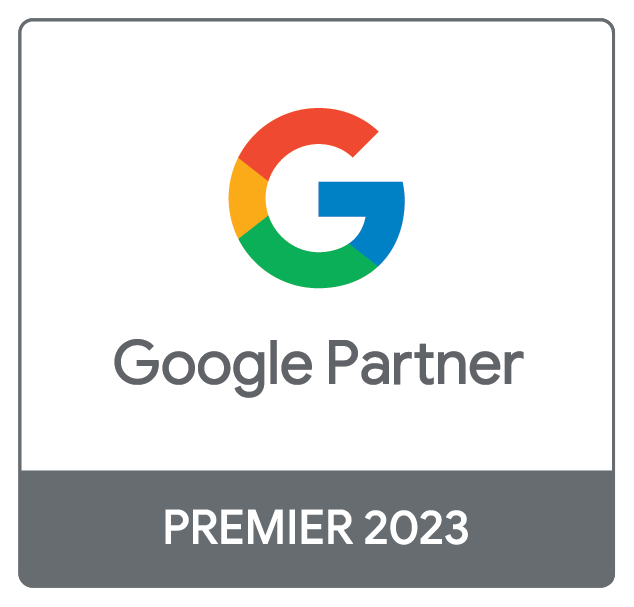Have you ever tried to solve a Rubik’s Cube without any instructions? If you have, it probably didn’t go very well. Most of solving a Rubik’s Cube is based on algorithms – step-by-step instructions that work to move the pieces strategically so that each side is filled with the same color.
And much like a Rubik’s Cube, the digital ad platforms we use to achieve our clients’ objectives all started by utilizing algorithms to predict the users who are most likely to take the desired action – all within milliseconds.
Ad platforms like Meta and Google have worked over the last couple of decades to perfect this technology and have added machine learning and AI to the mix. They have branded features like Smart Bidding, Dynamic Creative Optimization and Advantage+ that aim to let the platform build out creative, select audiences and automate bids. Heck, Google has even developed entire tactics – Demand Gen and Performance Max – to try and make digital marketing easier and faster. But has it?
We might be generating more conversions through Performance Max than we were when we ran separate digital display, TrueView video and paid search campaigns, but that doesn’t take away the fact that we know our clients best. We have a deep understanding based on research and first-party data of who their target audiences are. And creatively, we know their brand guidelines and tone that a machine could never fully articulate.
For example, we run a campaign through the Oklahoma Tobacco Settlement Endowment Trust’s Shape Your Future brand that focuses on reaching teachers. We have learned from Oklahoma teachers themselves that they use the term ‘printables’ when talking about classroom worksheets. This is likely never something AI would pick up.
We also utilize imagery and creative that we know resonates with this audience and honors Shape Your Future’s mission. These are elements that AI would never do justice.
Now don’t hear what I’m not saying. We love that these platforms have gotten smarter and have added features that can help improve performance, but this technology will never take away our human inputs of strategy, creative, messaging and targeting.









